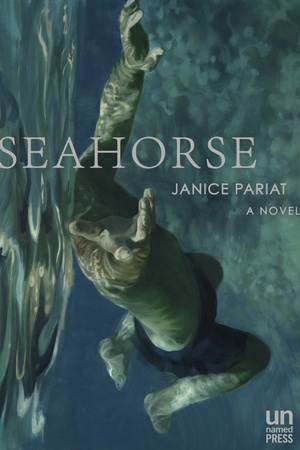Seahorse by Janice Pariat

The seahorse is a curious beast, a miniature monster of appealing detail and appalling design. Named for far more majestic creatures, they are fanciful from far away yet increasingly strange with each successive viewing. As if in jest, they resemble waltzing question marks during their courtship dances—both alien and romantic to us.
-

-

-

-

-

-

-

-

-

-

-

-

-

-

-

-

-

-

-

-

-

-

-

-

-

-

-

-

-

-

-

-

-

-

-

-

-

-

-

-

 Nem, the novel’s protagonist, hails from a small mountain town in India that he shares with his best friend Lenny and no one else. While away from home to attend university in late-‘90s New Delhi, Nem becomes captivated by Nicholas, a visiting art professor from London. In one momentous day Nem learns of Lenny’s death back home—suicide, following his commitment for homosexuality—and finds himself entwined with Nicholas, dropping—literally!—into his life as a wounded bird.
Nem, the novel’s protagonist, hails from a small mountain town in India that he shares with his best friend Lenny and no one else. While away from home to attend university in late-‘90s New Delhi, Nem becomes captivated by Nicholas, a visiting art professor from London. In one momentous day Nem learns of Lenny’s death back home—suicide, following his commitment for homosexuality—and finds himself entwined with Nicholas, dropping—literally!—into his life as a wounded bird.






































